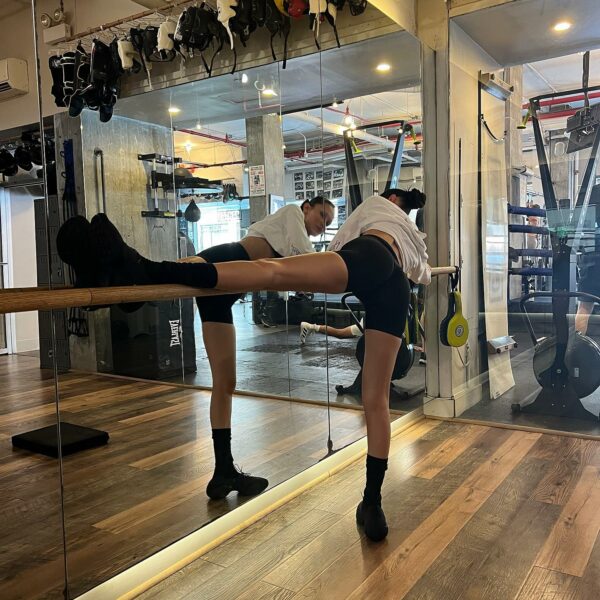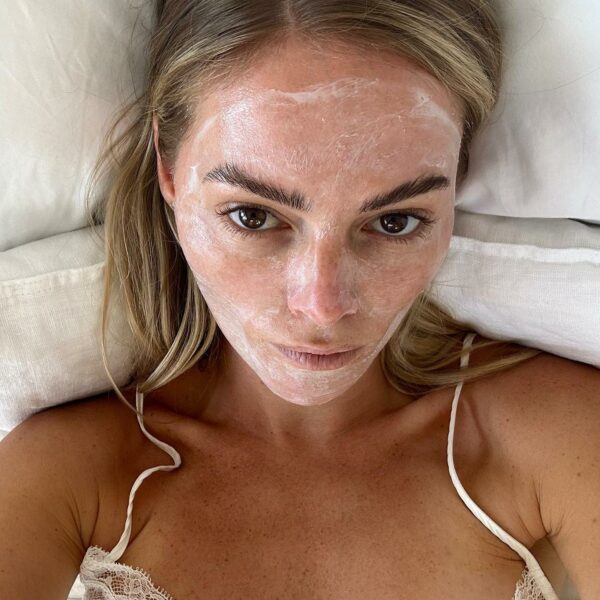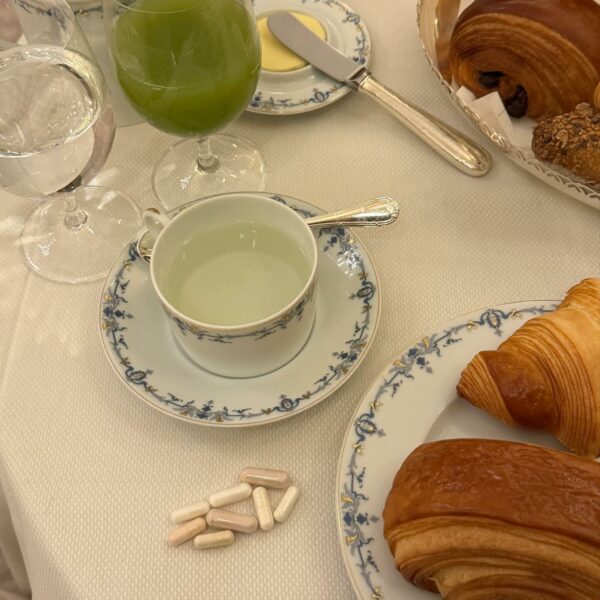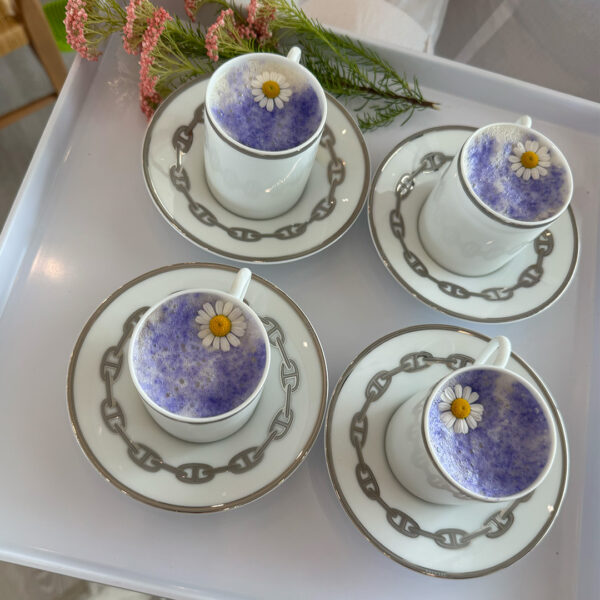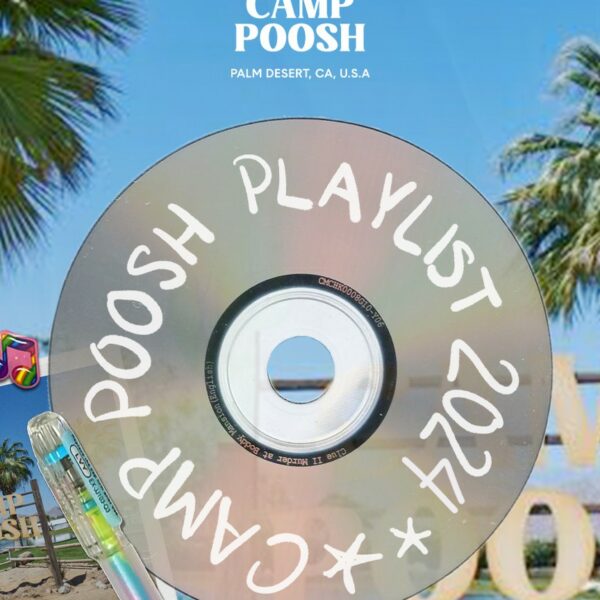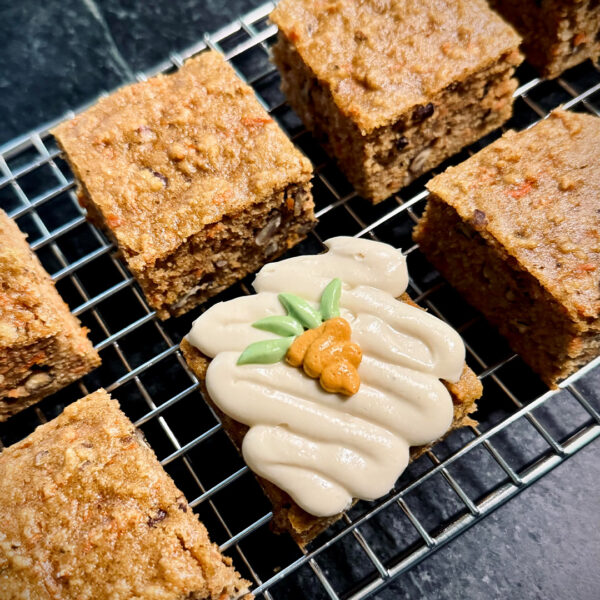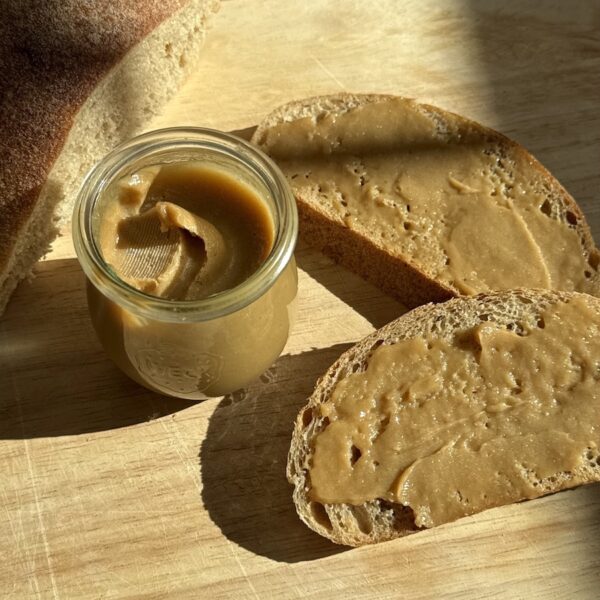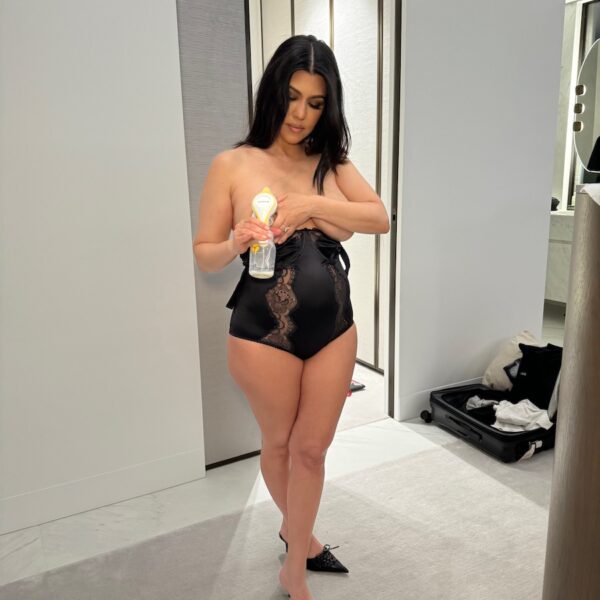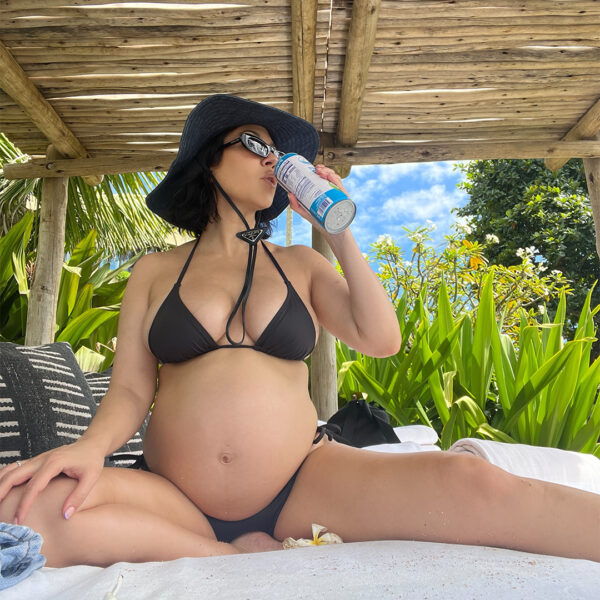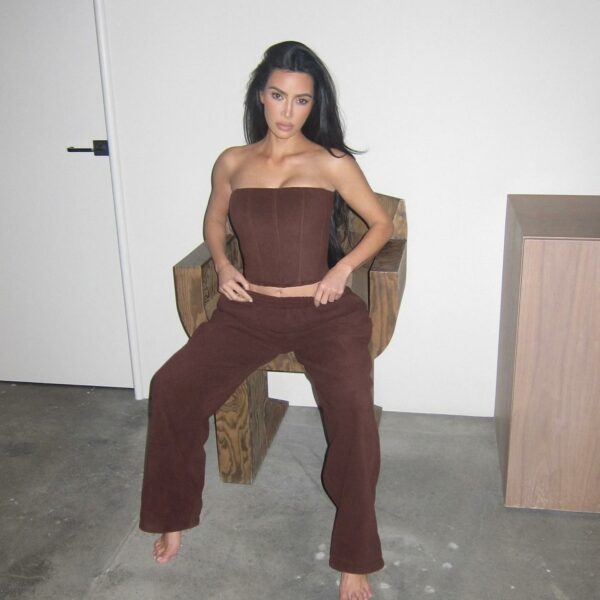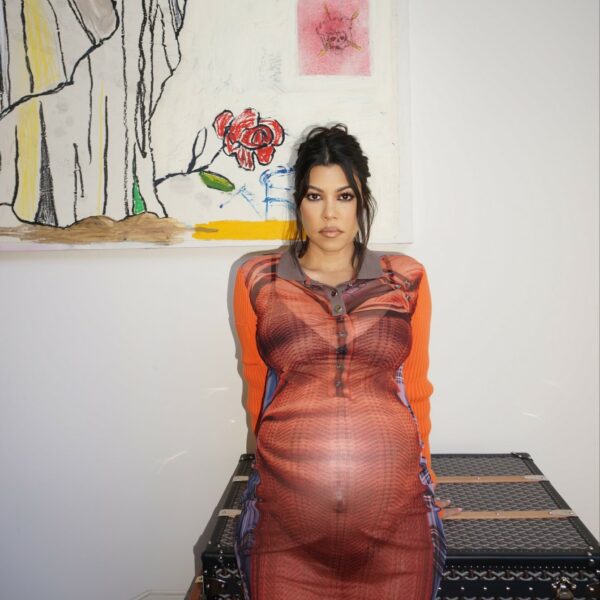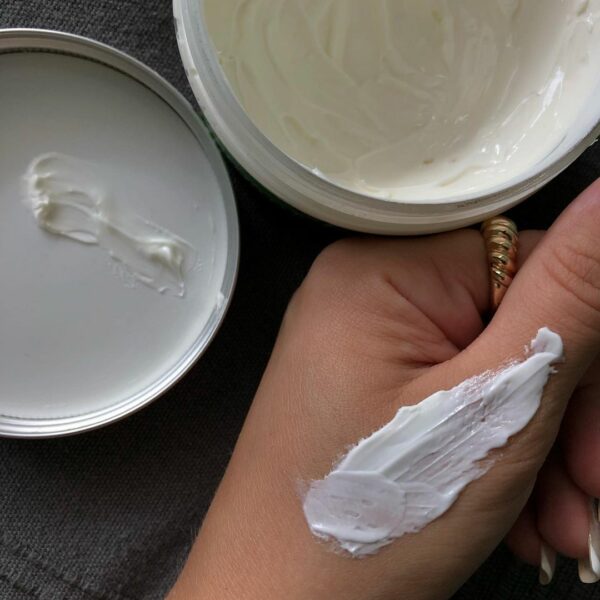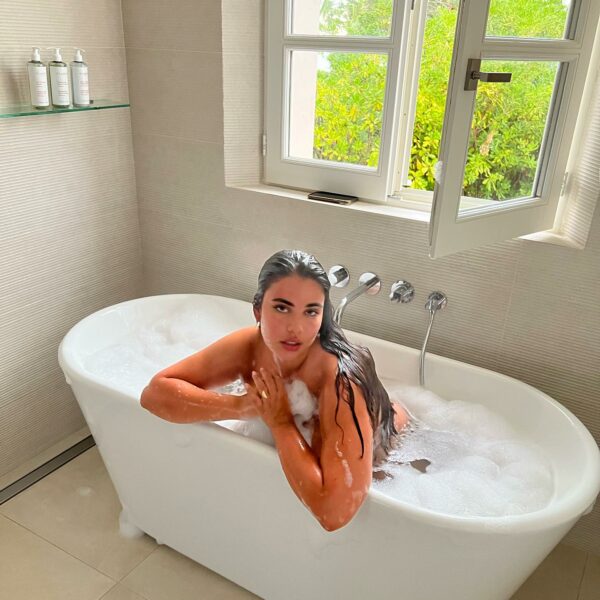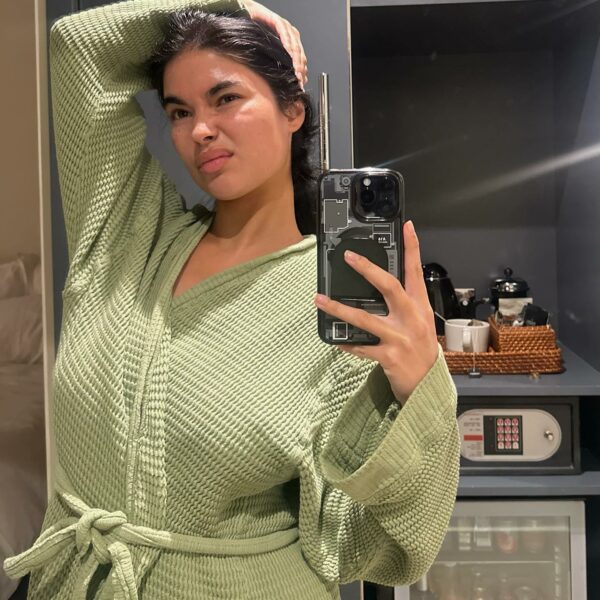We see athletes and people on planes wearing super tight, high socks, and we just know it can’t be trending for aesthetic reasons. Compression wear, while seemingly uncomfortable, actually serves in preventing discomfort. The socks are super beneficial for flight travel, especially on longer trips, and are great for recovery. And contrary to common belief, those aren’t the only people who should wear them—pretty much everyone can benefit from compression socks. We tapped a few experts to explain.
Naturopathic doctor, Dr. Nigma Talib, hit us with the crucial basics: “Compression socks help by adding pressure to the flow of blood and lymph that can pool in your legs due to gravity, helping increase the flow of blood back up toward your heart by encouraging the blood vessels to relax. This helps with pain caused by swelling and poor circulation.”
Helps prevent blood clots
As we mentioned, everyone can benefit from wearing compression socks. “What a lot of people don’t realize is you should wear them when you’re sitting at a desk all day too,” says Lisa Muller, RN and friend of Poosh. “Actually, these people arguably need them even more than those who work on their feet all day, because you aren’t using any muscles while sitting. When you move your legs and use muscles, that helps prevent clots. No movement causes clots. The pressure exerted by the socks helps alleviate the pooling of blood.”
She also says that pregnant people especially should wear them because blood volume increases when you’re pregnant. “It can pool and clot more easily, especially as you may not be as active towards the end of pregnancy,” she explains.
Boosts lymphatic flow and prevents varicose veins
Because of this rejuvenated circulation, compression socks can help prevent and even reverse some signs of varicose veins, as they are caused by pooling blood in the lower extremities. In the same way that compression helps propel the flow of blood, it helps our manual lymph pump have a clearer path of movement, as well, which is great for detoxification and immune health.
Dr. Nigma tells us that because of our elevated circulation and blood being propelled back into the heart, oxygen and nutrients are transported much quicker to the rest of our bodies. This helps prevent that tired, stagnant feeling you get right after a flight, no matter how many hours you may have gained or lost, and helps you recover quicker.
Quicker athletic recovery
We heard that Kourtney’s Pilates instructor, Jesse O’Hara, wears compression socks during her workouts, and we had to know: should we be wearing them too? O’Hara told us that physical therapist and human performance specialist, Dr. Jena Gatses, turned her on to them, swearing by compression wear for all her athletes.
“Compression increases the elimination of waste metabolites from muscle tissue,” Dr. Gatses tells us. The right compression socks (she encourages those committed to compression wear to get fitted to their limbs with a professional) can significantly increase the oxygenation of the muscles and surrounding tissues before, during, and after exercise. “More oxygen to the muscles means better performance, less fatigue, and faster recovery!”
“They also help support the muscles and keep the muscles warm, which reduces leg fatigue (this is a big part of why people who are on their feet all day wear them),” Muller says.
“The stabilization that compression gear provides (essentially, holding things in better alignment using constant pressure) decreases our risk of vibration-induced injuries like shin splints. Wear and tear become less of an issue, as does unnecessary movement of the muscle, which can take up valuable energetic resources,” Dr. Gatses shares.
What to look for in compression socks:
Dr. Gatses recommends graduated compression, “meaning the socks are tightest at the ankle and looser as they move up the calf, which forces blood upwards. Forcing the blood upward flushes out lactic acid and brings the deoxygenated blood back to the heart, returning nutrient-enriched blood back to the lower extremities.” While wearing compression socks that haven’t been custom-fitted to you isn’t her professional recommendation, whatever you can get will help. “For most people, 15-20 mmHg is a good amount of pressure for knee-high compression socks,” Muller says. “They can be hard to get on, but they’re so worth it.”
TL;DR everyone should be wearing compression socks!
The content provided in this article is provided for information purposes only and is not a substitute for professional advice and consultation, including professional medical advice and consultation; it is provided with the understanding that Poosh, LLC (“Poosh”) is not engaged in the provision or rendering of medical advice or services. The opinions and content included in the article are the views of the interviewee only, and Poosh does not endorse or recommend any such content or information, or any product or service mentioned in the article. You understand and agree that Poosh shall not be liable for any claim, loss, or damage arising out of the use of, or reliance upon any content or information in the article.
Up next, be the first to know our weekly content and sign up for our Poosh newsletter.





